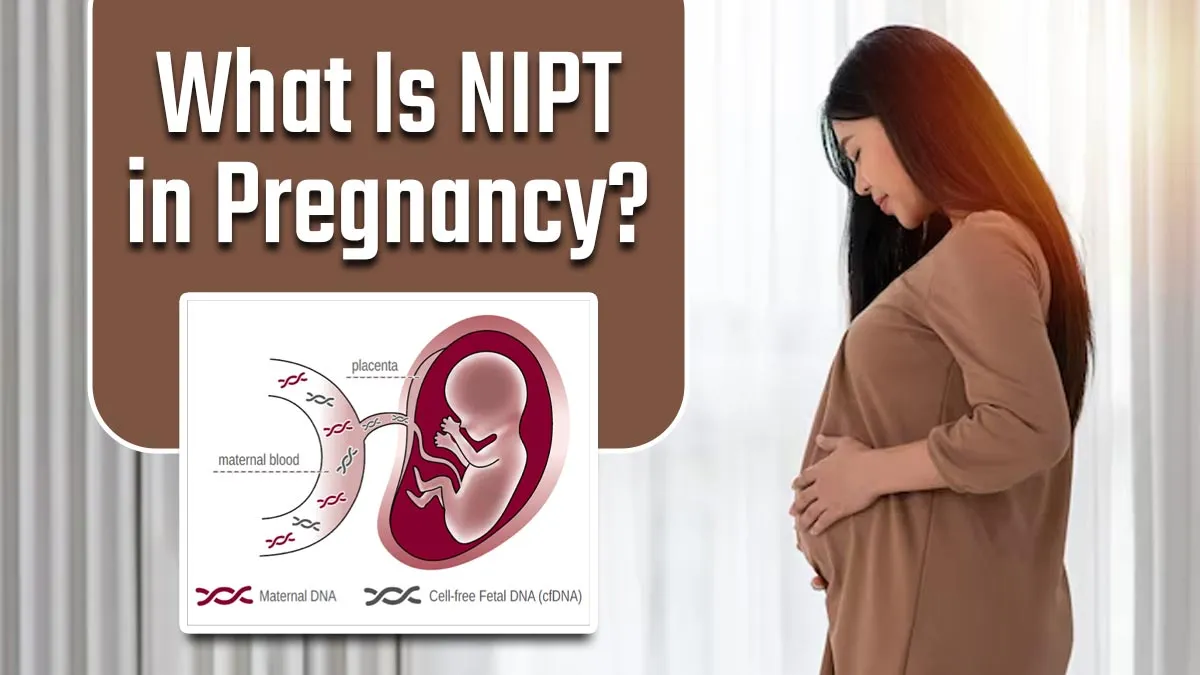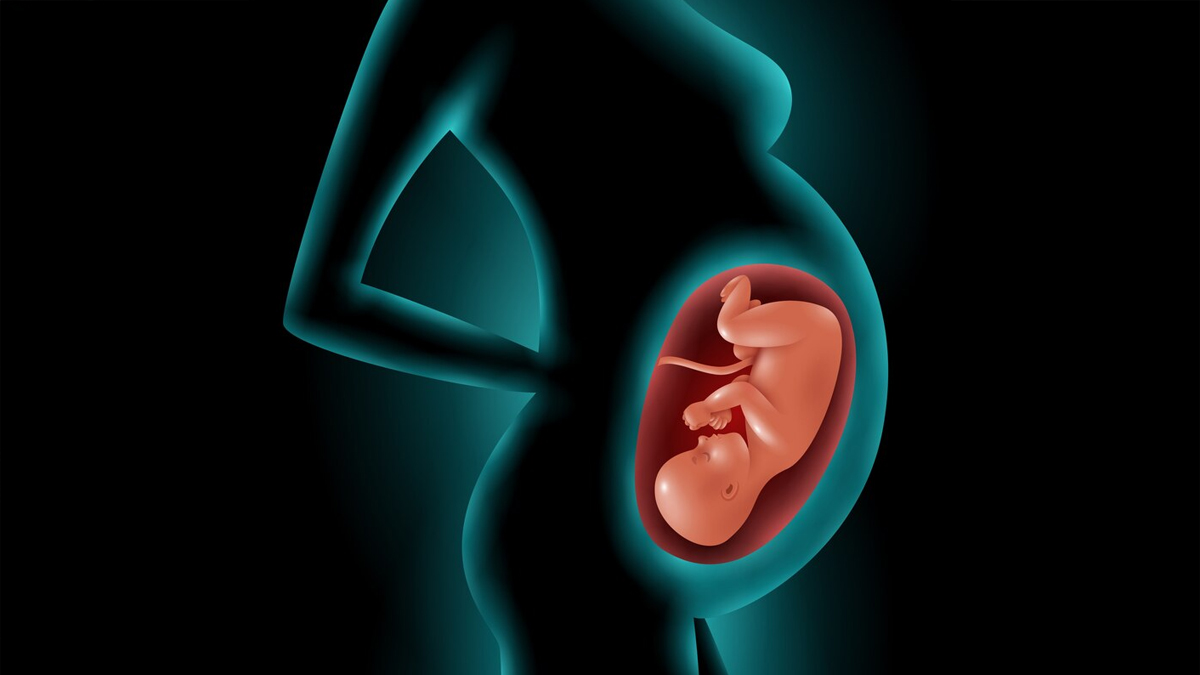
Pregnancy is a journey filled with important decisions, and prenatal testing is one of them. Non-Invasive Prenatal Testing (NIPT) has become a popular choice for expectant parents seeking early insights into their baby’s health. This advanced blood test screens for chromosomal abnormalities like Down syndrome (Trisomy 21), Edwards syndrome (Trisomy 18), and Patau syndrome (Trisomy 13), as well as sex chromosome differences.
Table of Content:-
But when is the ideal time to take NIPT? While it’s safe and highly accurate, timing matters. Most experts recommend waiting until after 10 weeks of pregnancy for reliable results. Let’s explore why this window matters, what NIPT can (and can’t) detect, and how it fits into your prenatal care plan.
What Is NIPT And How Does It Work?
View this post on Instagram
NIPT analyses tiny fragments of fetal DNA circulating in the mother’s bloodstream. Unlike invasive tests like amniocentesis, it poses no risk to the baby. Here’s what it screens for:
- Trisomy 21 (Down syndrome)
- Trisomy 18 (Edwards syndrome)
- Trisomy 13 (Patau syndrome)
- Sex chromosome aneuploidies (e.g., Turner or Klinefelter syndromes)
Dr Tanya Pradhan, Specialist Obstetrics and Gynecology, Ahalia Hospital, Abu Dhabi, explains: “NIPT is highly sensitive and specific. A negative result means it’s very unlikely the baby has the screened conditions.”
When Should You Take the NIPT?

The 10-week mark is key. Before this, there may not be enough fetal DNA in the mother’s blood to ensure accuracy. Dr Pradhan emphasises: “We recommend NIPT after 10 weeks, regardless of the mother’s age or risk factors. This timing balances reliability with early reassurance.”
Why wait?
- Fetal DNA levels increase as the pregnancy progresses.
- Testing too early raises the chance of inconclusive results.
What NIPT Doesn’t Screen For
While NIPT is powerful, it has limits. It cannot detect:
- Structural issues: Like heart defects or open neural tube defects (e.g., spina bifida).
- Rare genetic conditions: Such as single-gene mutations (e.g., cystic fibrosis) or microdeletions.
- Pregnancy complications: Including preeclampsia or preterm labor.
All positive NIPT results require confirmation through invasive tests like CVS or amniocentesis. Dr Pradhan cautions: “NIPT is a screening tool, not a diagnosis. Always pair it with ultrasounds and medical advice.”
ALSO READ: Is Using a Mixer Grinder Safe During Pregnancy? Doctor’s Insight on Vibrations
Science Backs NIPT’s Accuracy
A 2022 study in the American Journal of Obstetrics & Gynecology found NIPT detects Trisomy 21 with 99% sensitivity and a false-positive rate below 1%. Researchers highlighted its reliability for high- and low-risk pregnancies alike, reinforcing Dr Pradhan’s point about its broad applicability.
Who Should Consider NIPT?

While NIPT is available to all pregnant women, it’s especially useful for:
- Advanced maternal age (35+).
- Family history of chromosomal disorders.
- Anxious parents seeking early, non-invasive insights.
- However, even low-risk mothers benefit from NIPT’s reassurance. It’s about informed choice.
ALSO READ: How to Care For Your Baby Bump?: Expert Responds To Common Queries During Pregnancy
Conclusion
NIPT is a valuable tool for expectant parents, offering early and reliable insights into your baby’s chromosomal health. While it’s best taken after 10 weeks of pregnancy, remember that it doesn’t screen for all genetic conditions or pregnancy complications. A negative result provides strong reassurance, but a positive one should always be confirmed with further diagnostic testing. Whether you opt for NIPT or not, staying informed and working closely with your healthcare provider ensures the best care for you and your baby. With the right timing and realistic expectations, NIPT can be a helpful part of your prenatal journey.
Also watch this video
How we keep this article up to date:
We work with experts and keep a close eye on the latest in health and wellness. Whenever there is a new research or helpful information, we update our articles with accurate and useful advice.
Current Version